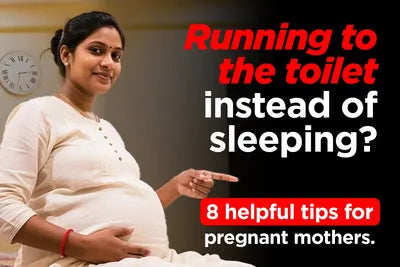The moment you experience back pain, there is a little voice in the back of your head that tells you “Straighten up your back. Exercise more. Get your life together!”
Back pain is often perceived as ‘just a minor issue’. It ruins your mood and can also affect your health in a disastrous manner, if not given proper and timely attention. There have been several studies to determine how back pain and urinary incontinence are linked. Back pain has been studied as one of the indicators of incontinence. Some experts believe that enabling of abdominal muscles can lead to back pain, and since these muscles might hamper one’s bladder control, it can even lead to urinary incontinence. However, the exact connection between the two is still not that clear. So, back pain can also be a symptom of urinary incontinence.
Not only that, both back pain and incontinence can be experienced at the same time due to different reasons. This can become a pretty serious issue, if not attended to immediately. Both can be symptoms of the same health condition, called Cauda Equina Syndrome (CES).
CES is a rare health condition that occurs due to constriction on a region called cauda equina, which is, basically, a group of nerves accountable for delivering sensation to the area between the upper thigh and abdomen, called the groin area. Most people suffering from CES tend to lose their control on the bladder and experience urinary dysfunction. The most common cause of CES is a herniated disk, which progresses over time. If the disk starts slipping, it can also result in incontinence. Some other conditions that can lead to the simultaneous occurrence of back pain and urinary incontinence are kidney stones, obesity, diabetes, spinal tumour, spinal cord injury, and a damaged artery wall in the abdominal area.
There can be completely different reasons for back pain, including pregnancy, poor posture, obesity, osteoarthritis, and physical inactivity. Interestingly, pregnancy and obesity have also been found to be major causes of urinary incontinence. There are separate treatments for back pain and incontinence, such as bladder training, void exercise, scheduled toilet visits, kegel exercises for incontinence, physical therapy and posture changes. And, there are certain measures one can take to avoid both, like regular posture exercises that minimize the possibility of back pain, watching your weight, keeping yourself fit, and eating healthy meals.
However, the important consideration one should have is, if they suddenly start experiencing both issues, then immediate care must be taken. In that case, it becomes important to immediately consult the doctor and determine the underlying cause, so that it can be treated or managed efficiently. Incontinence can be managed with highly absorbent adult diapers pants, kegel exercises, void training, bladder training, and planned toilet visits. However, as far as medication is concerned, you should always avoid self-medication and talk to your doctor, to figure out what your next step should be, and what the right medication is.
















